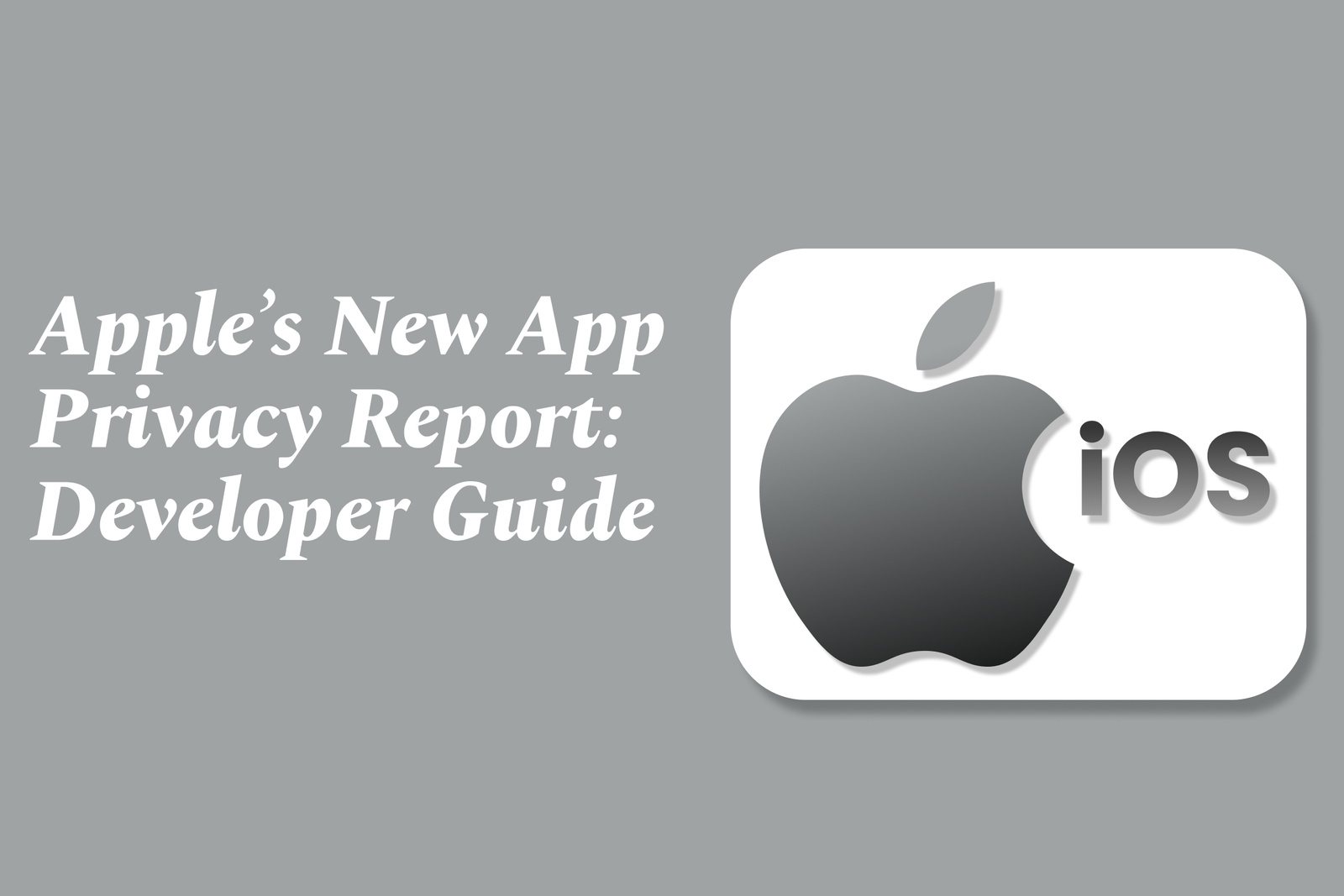Apple?S New App Privacy Report: Developer Guide
Apple’s new App Privacy Report provides developers with detailed insights into how their apps access sensitive data and interact with third-party domains, helping them monitor privacy practices, ensure compliance with Apple’s policies, and build more transparent, user-trusted apps.
Apple’s New App Privacy Report: Developer Guide
1 ) Introduction to Apple’s App Privacy Report
Apple has introduced a new App Privacy Report designed to enhance transparency and user trust by detailing how apps access sensitive data such as location, photos, camera, microphone, and contacts. This report allows developers to understand and manage the privacy footprint of their applications effectively.
2 ) Purpose and Benefits for Developers
The report helps developers gain insights into the permissions their app requests and how those permissions are used. It encourages developers to audit their apps' data usage to align with Apple’s privacy policies and user expectations, potentially leading to better app review outcomes and increased user confidence.
3 ) Key Features of the App Privacy Report
Detailed logs of app activity related to privacy sensitive APIs.
Visibility into third party domains contacted by the app.
Identification of any background data access or unexpected information usage.
4 ) Best Practices for Developers
Regularly review the App Privacy Report to identify unintended data access.
Minimize requests for sensitive permissions only to necessary functions.
Provide clear disclosures about privacy practices within the app.
Monitor third party services integrated within the app for compliance.
5 ) Incorporating Privacy by Design
The guide emphasizes embedding privacy considerations into the app development lifecycle. Developers should design apps that limit data collection, use secure communication methods, and respect user preferences on data sharing and privacy.
6 ) Aligning with Apple’s Privacy Policies
Adherence to Apple’s guidelines reduces the risk of app rejection during the review process. Developers are encouraged to stay updated with policy changes and utilize the App Privacy Report as a tool to ensure compliance.
7 ) Conclusion
Apple’s App Privacy Report empowers developers with the information needed to build more privacy conscious apps. Utilizing this tool effectively can enhance user trust, meet regulatory requirements, and help ensure successful app deployment on Apple platforms.
https://justacademy.in/news-detail/android-community-app-developer-stories
https://justacademy.in/news-detail/app-clips-in-ios-19:-new-use-cases-for-developers
https://justacademy.in/news-detail/react-native-expo-sdk-updates-announced
https://justacademy.in/news-detail/flutterflow-and-low-code-revolution-in-2025
https://justacademy.in/news-detail/flutter-accessibility-updates-2025
Related Posts
In 2025, top Angular libraries offer modern, feature-rich components and tools for building dynamic web apps. From powerful data grids to low-code platforms like UI Bakery, these libraries enhance development speed, UI design, and scalability, making them essential for Angular developers.
Migrating from AngularJS to Angular 17 involves gradually upgrading your app by running both frameworks together using tools like ngUpgrade, rewriting components in TypeScript, and adopting Angular’s modern architecture to enhance performance, maintainability, and long-term support.
Angular state management tools help organize and handle app data efficiently, improving scalability and maintainability. Popular options include NgRx for robust, RxJS-based patterns, and newer Signal Store solutions that offer simpler, reactive approaches integrated tightly with Angular’s latest features.
RxJS in Angular empowers developers to manage asynchronous data streams with powerful operators like `forkJoin`, `combineLatest`, and `zip`. Mastering these key operators in 2025 is essential for building efficient, reactive applications that handle complex event sequences seamlessly.
Angular performance optimization in 2025 focuses on improving app speed and responsiveness by using techniques like OnPush change detection, lazy loading, efficient data caching, and AOT compilation. These practices reduce load times, enhance user experience, and ensure scalable, fast Angular applications.
In 2025, Angular remains preferred for large-scale, enterprise apps with its robust, all-in-one framework, while Vue attracts developers seeking simplicity and fast development for smaller projects. Both frameworks excel, with choice driven by project needs and team expertise.
Angular Signals are a new reactive primitive in Angular 16 that enable fine-grained, efficient change detection by automatically tracking dependencies and updating only affected parts of the UI. They simplify state management and boost app performance, revolutionizing Angular's reactivity model.
Angular interview questions to prepare in 2025 focus on core concepts like components, directives, data binding, routing, and dependency injection, along with TypeScript mastery and latest Angular features to ensure strong practical knowledge for building scalable, efficient web applications.
AngularJS reached its official end of support in January 2022, meaning no further updates or security patches. To ensure app security and performance, developers should consider migrating to modern Angular versions or seek third-party long-term support options if immediate migration isn’t possible.
The Angular Roadmap 2025 highlights upcoming features focused on improving developer experience and performance, including zoneless Angular, Signals integration, enhanced Forms, async data handling, improved HMR, and expanded Angular Material/CDK enhancements, driving modern, efficient web app development.










